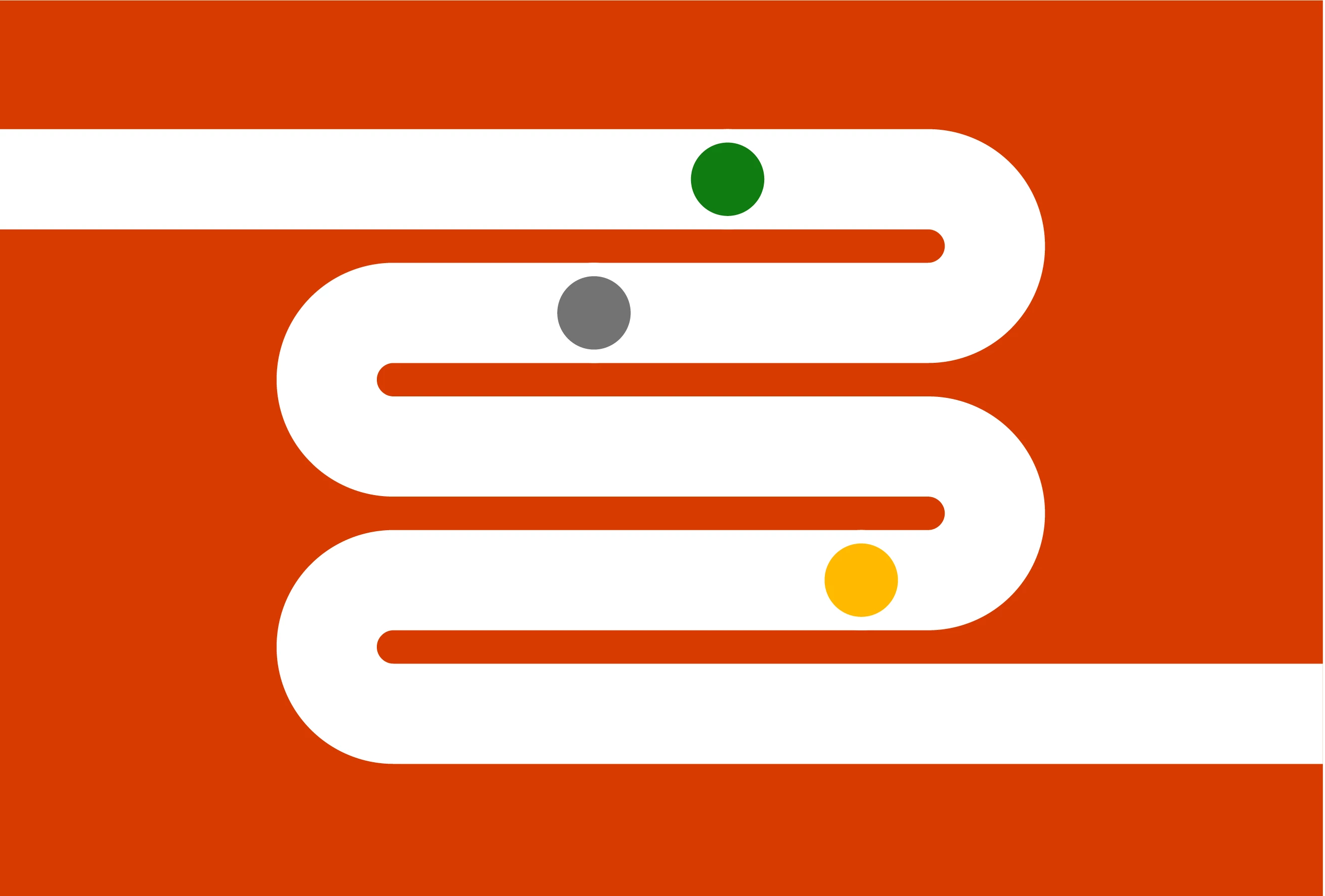


Ransomware
Ransomware as a service ecosystems make it easier for attackers of any skill to launch effective attacks. Learn how these threats work—and how to detect, contain, and recover from them.
Refine results
Topic
Products and services
Publish date
-
 In a recent investigation by Microsoft Incident Response of a BlackByte 2.
In a recent investigation by Microsoft Incident Response of a BlackByte 2. -

Storm-0978 attacks reveal financial and espionage motives
Microsoft has identified a phishing campaign conducted by the threat actor tracked as Storm-0978 targeting defense and government entities in Europe and North America. -

Automatic disruption of human-operated attacks through containment of compromised user accounts
User containment is a unique and innovative defense mechanism that stops human-operated attacks in their tracks. -

Moonstone Sleet emerges as new North Korean threat actor with new bag of tricks
Microsoft has identified a new North Korean threat actor, now tracked as Moonstone Sleet (formerly Storm-1789), that combines many tried-and-true techniques used by other North Korean threat actors, as well as unique attack methodologies to target companies for its financial and cyberespionage objectives. -

Ransomware operators exploit ESXi hypervisor vulnerability for mass encryption
Microsoft Security researchers have observed a vulnerability used by various ransomware operators to get full administrative access to domain-joined ESXi hypervisors and encrypt the virtual machines running on them. -

Storm-0501: Ransomware attacks expanding to hybrid cloud environments
Microsoft has observed the threat actor tracked as Storm-0501 launching a multi-staged attack where they compromised hybrid cloud environments and performed lateral movement from on-premises to cloud environment, leading to data exfiltration, credential theft, tampering, persistent backdoor access, and ransomware deployment. -

Exploitation of CLFS zero-day leads to ransomware activity
Microsoft Threat Intelligence Center (MSTIC) and Microsoft Security Response Center (MSRC) have discovered post-compromise exploitation of a newly discovered zero-day vulnerability in the Windows Common Log File System (CLFS) against a small number of targets. -

Unveiling RIFT: Enhancing Rust malware analysis through pattern matching
As threat actors are adopting Rust for malware development, RIFT, an open-source tool, helps reverse engineers analyze Rust malware, solving challenges in the security industry.









